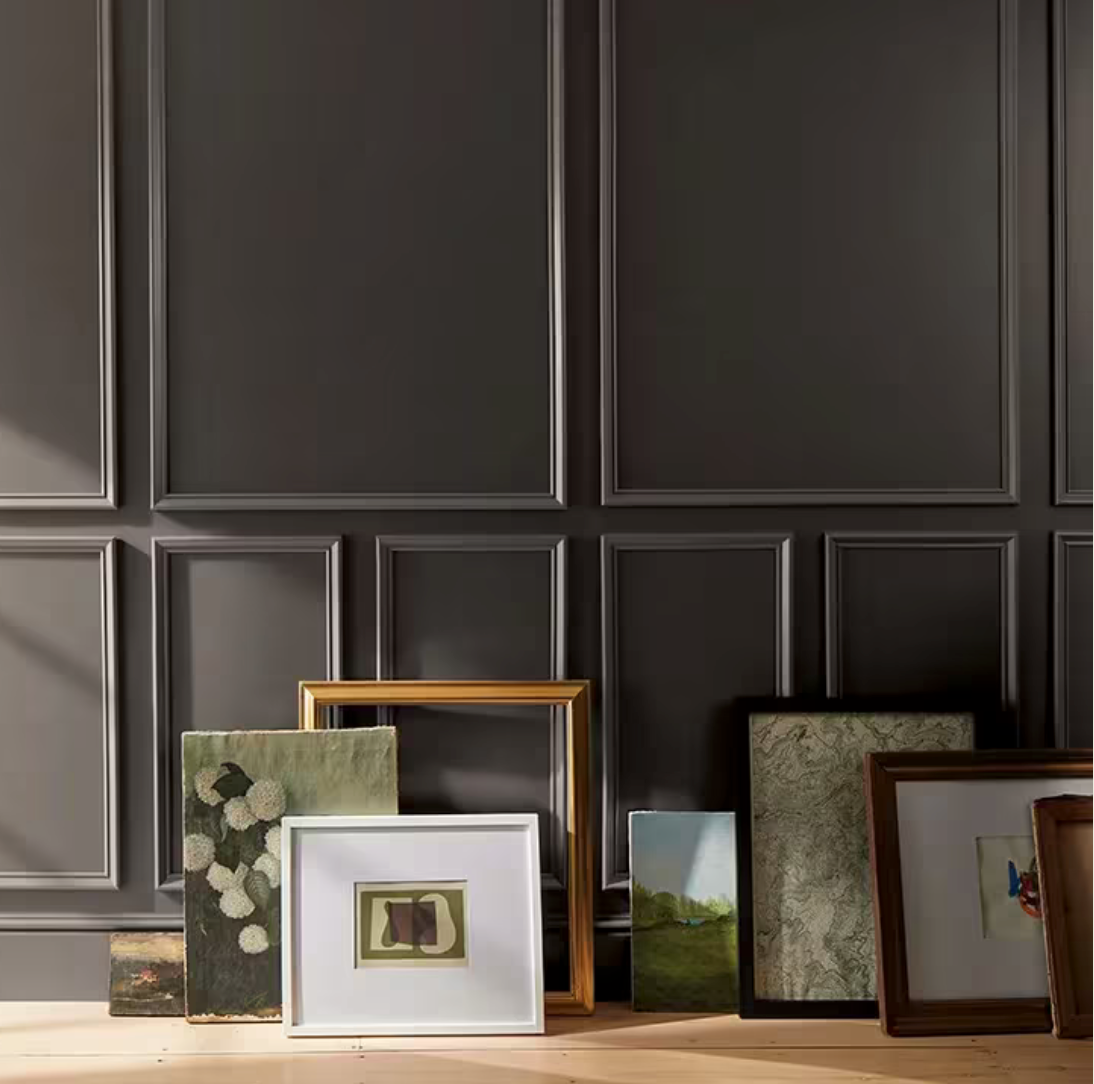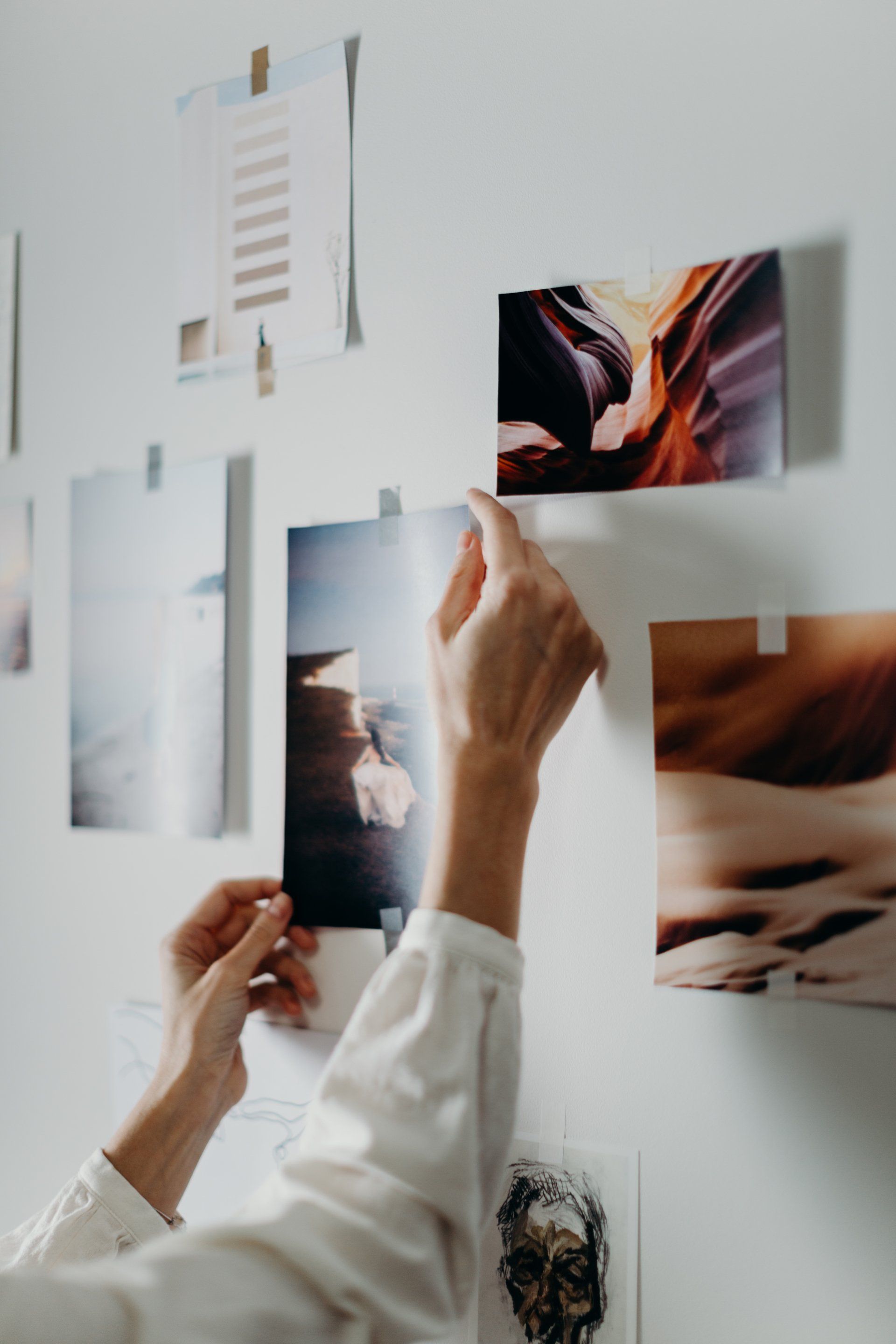Taste of the Tropics: Bringing the Outdoors into Multifamily
In the world of multifamily, creating spaces that resonate with potential tenants is key.
One powerful way to achieve this is by incorporating elements of nature 🌱 into your designs. While live plants are a fantastic option, the ongoing costs and maintenance can be a challenge.
That's where faux plants come into play.
Although real is best, faux plants offer a cost-effective alternative to live plants, eliminating the need for ongoing maintenance while still providing the desired aesthetic. In multifamily settings, where operation costs can be high this is a cost-effective alternative.
🌵 🌵 🌵
Here are *our top 5 favorite interior plants* offering variety and visual appeal, to help inspire you on your next multi family interior.
Fiddle Leaf Fig Tree (Ficus lyrata):
Fiddle leaf figs have been widely popular due to their large, lush leaves, which add a touch of elegance and sophistication to commercial spaces. A special trick we like to incorporate on our multi family interiors is incorporating real mulch, or bark, into the pot themselves. It gives the illusion of a real plant!
Succulents and Cacti:
Artificial succulents and cacti are often chosen for their modern aesthetic. These plants add a contemporary touch to commercial interiors, and the artificial counterparts offer aesthetics without the finicky watering needs.
Snake Plant (Sansevieria Trifasciata):
Snake plants are known for their adaptability and air-purifying qualities. Artificial snake plants are commonly used to introduce a sense of greenery without the need for extensive care. We particularly like the ones that have thick wax look to them. There are some excellent options that even feel real.
Bird of Paradise (Strelitzia Reginae):
The large and striking leaves of the artificial Bird of Paradise plant are favored, providing a tropical and exotic feel to interiors. We particularly like the height we are able to achieve with this and the width span that these often are able to achieve.
Pothos (Epipremnum Aureum):
Pothos plants, with their trailing vines and heart-shaped leaves, are often chosen for their versatility and ability to thrive in various lighting conditions. Although we like this one, Ivy and other trailing options are often a great way to connect space vertically. By placing one high and trailing low (or wide) you can create a dynamic path for the eye to follow.
With the ongoing popularity of Biophilia (the design principle that emphasizes the connection between humans and nature) we know that incorporating natural elements into interior spaces enhances well-being and productivity.


